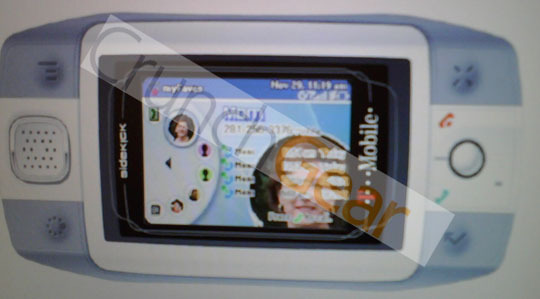With all this talk of laplets, tablets, iPhones, and GalTabs, we often forget one of the finest mobile platforms ever created, the Hiptop. But Chris DeSalvo didn’t forget. One of the original programmers for Danger’s groundbreaking hardware and software platform wrote a beautiful meditation last January on his work and the way it changed mobile. The piece didn’t get much traction then but it just resurfaced on Hacker News and deserves a mention.
The platform was groundbreaking at the time and the Sidekicks, from the early black and white models to the full-color roller-ball models that appeared just before the launch of the Android-powered HTC G1 that essentially spelled the end of the feature phone.
That is not to say the Sidekick was a feature phone. As DeSalvo notes, this phone had a real TCP/IP stack, web browser, powerful text handling systems, a microblogging setup, and an app store and OTA updates before Samsung was aware that the mobile Internet existed. One of the most important features, however, was IM. DeSalvo writes:
The Sidekick died in July 2010 and its services were terminated a year later. A massive outage in 2009 reduced consumer trust in the service as millions of photos and other data disappeared completely. It was a mess. But the Sidekick could have been a contender. DeSalvo writes that they even approached Nintendo about offering a mobile-enabled Game Boy using the Hiptop platform. The plan was to allow OTA downloads of Nintendo games which, surprisingly, Nintendo’s licensing terms did not allow. This chimera could do some amazing stuff.
Nintendo passed on the technology.
The last Sidekick appeared in 2011 but it ran Android and was a Sidekick in name only. By that time all of Danger’s hard work had spiraled out into the rest of the ecosystem, leaving a legacy of solid mobile interfaces and some amazing memories. DeSalvo’s piece is a great walk down memory lane and definitely worth a read.
